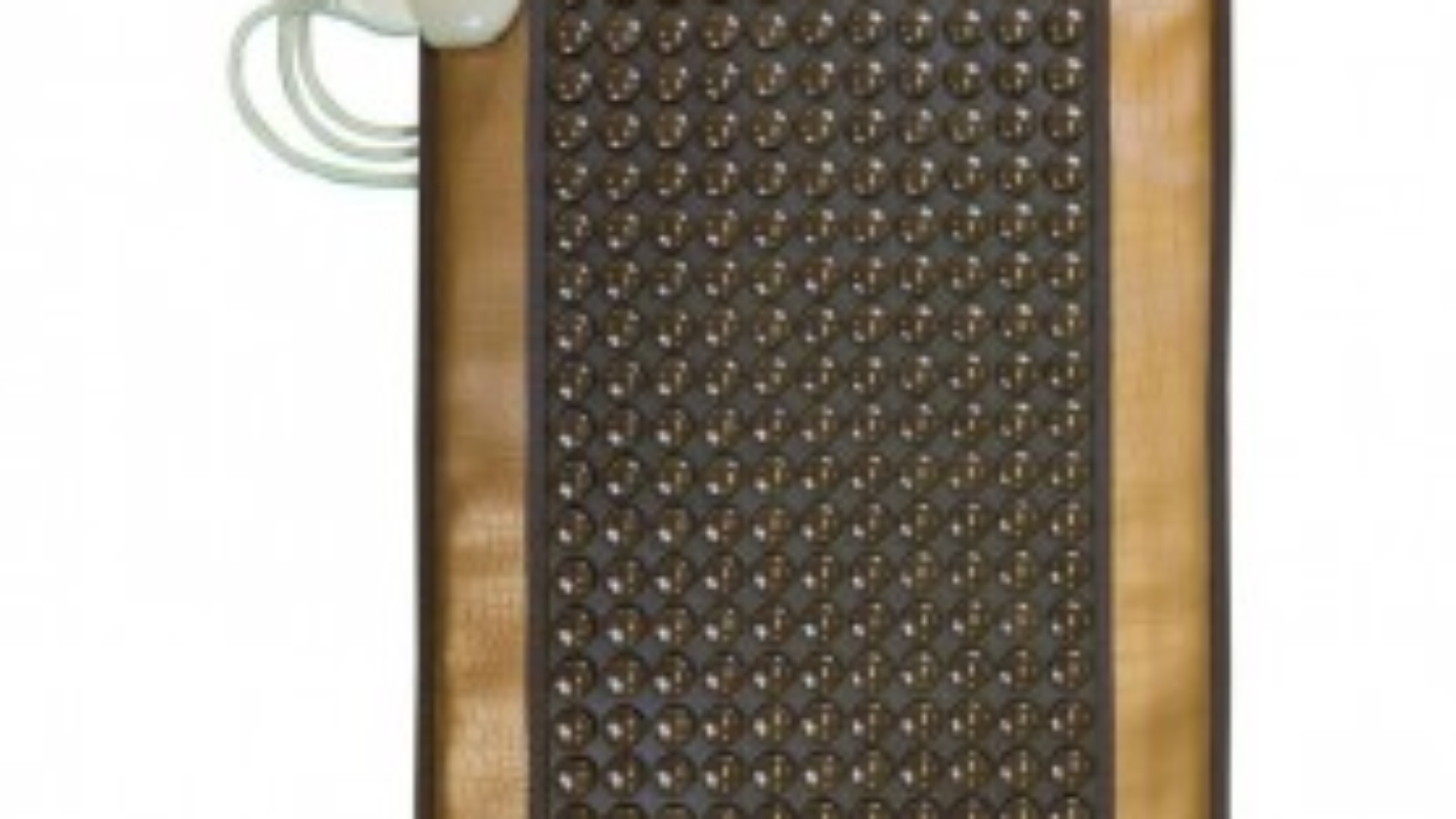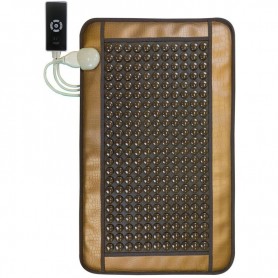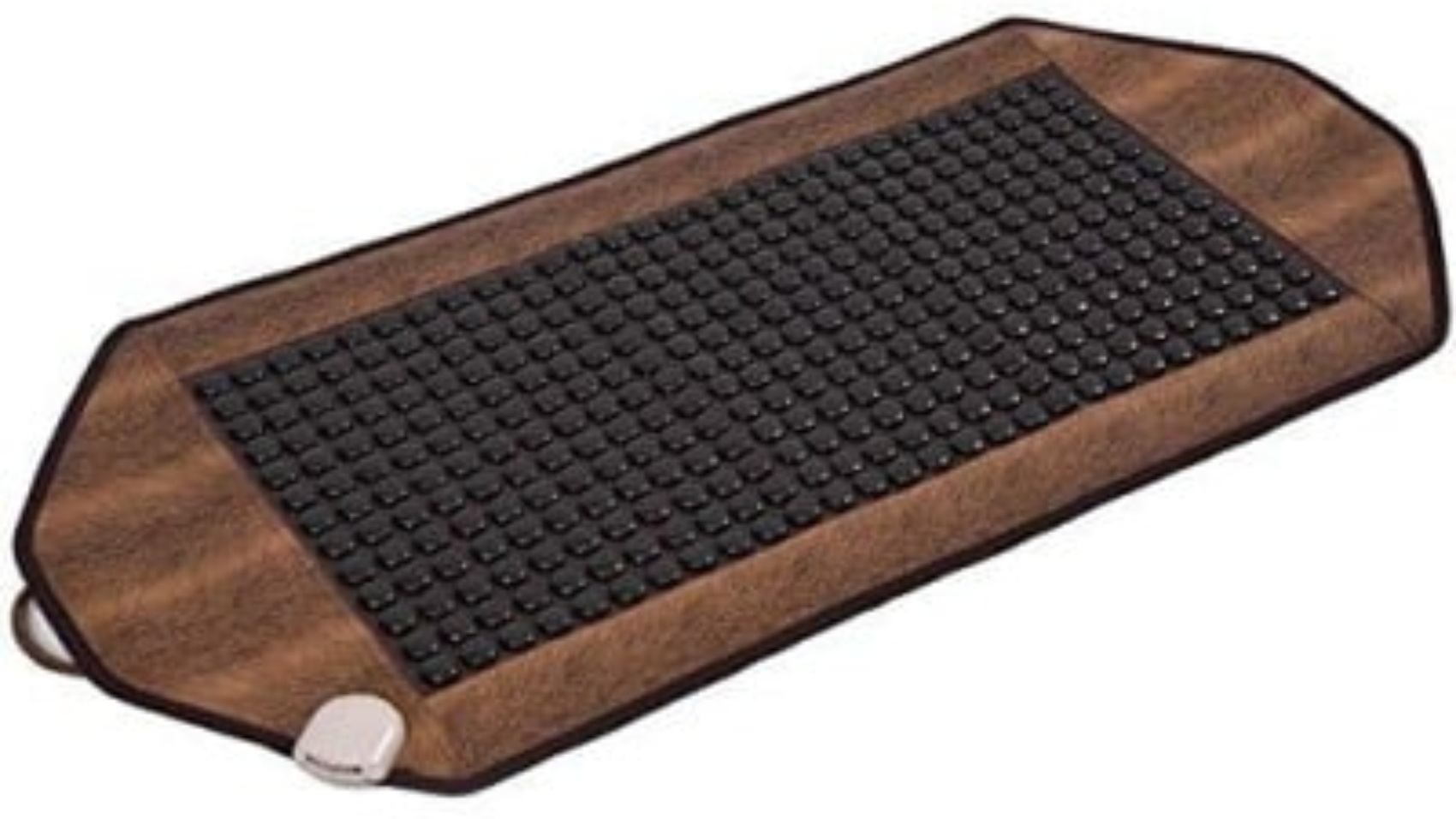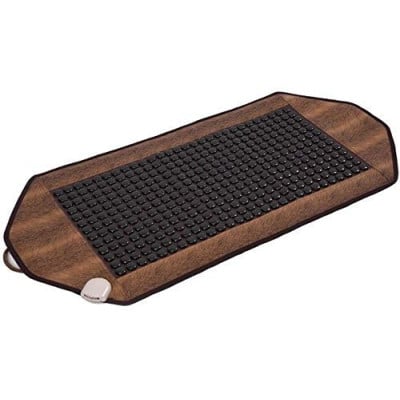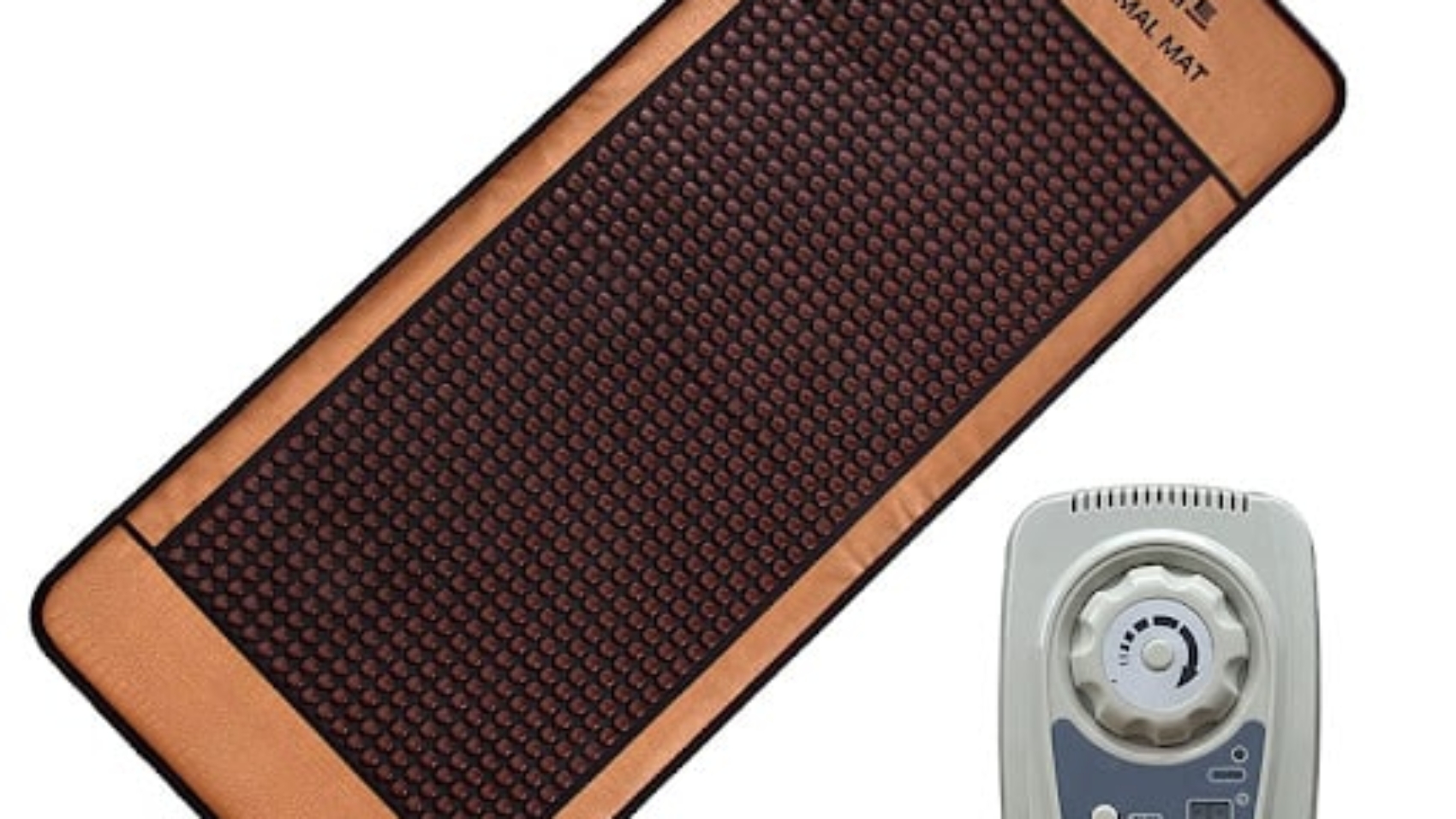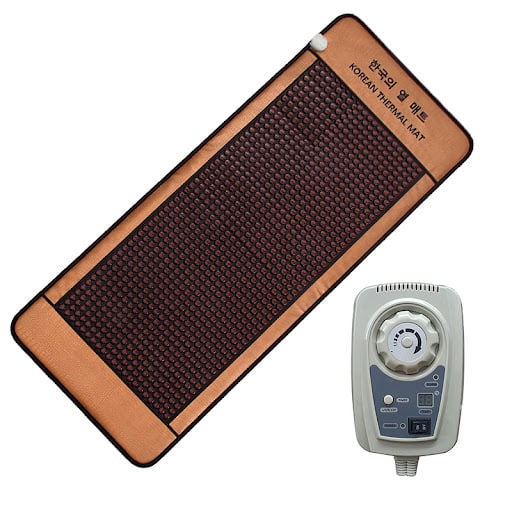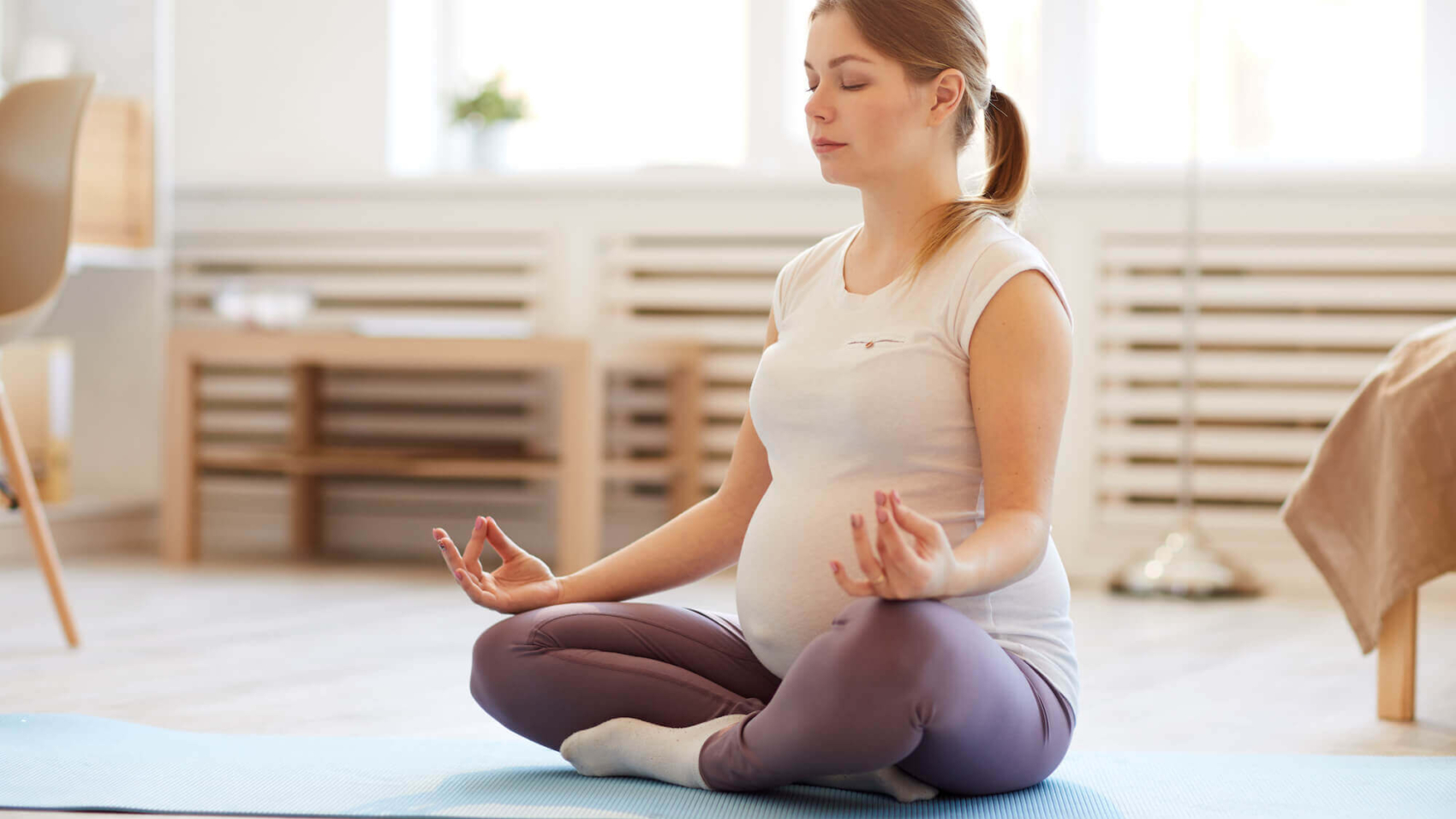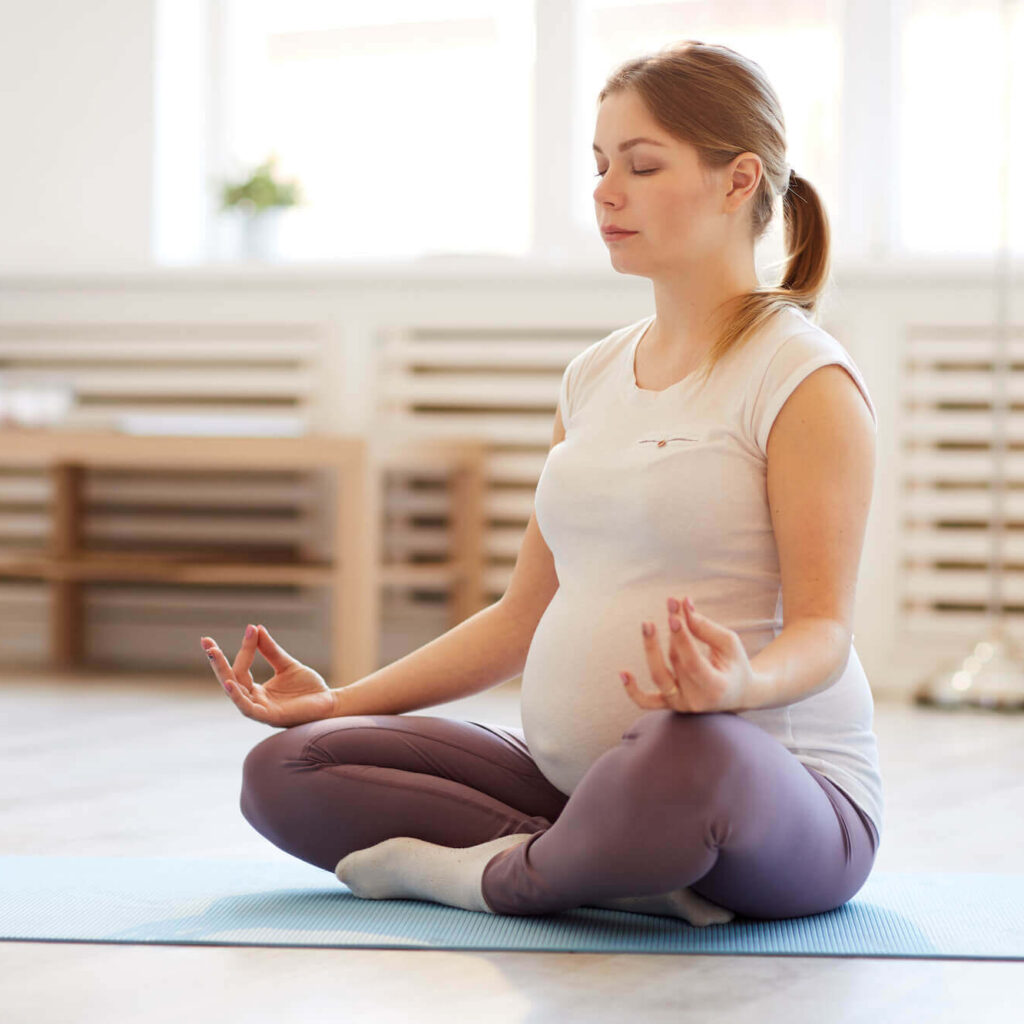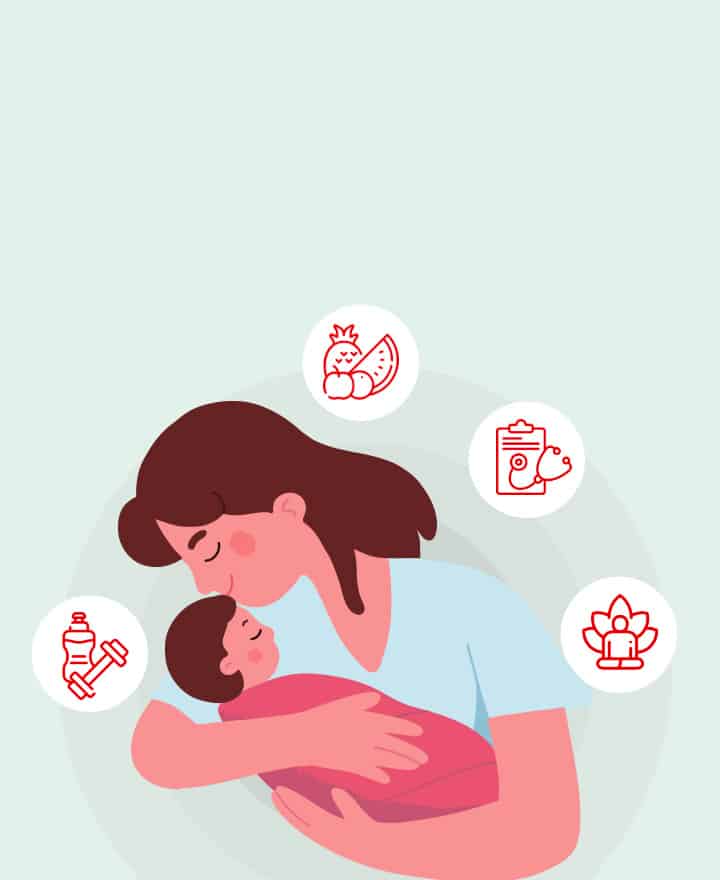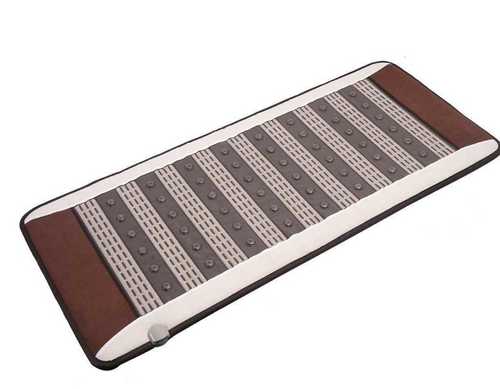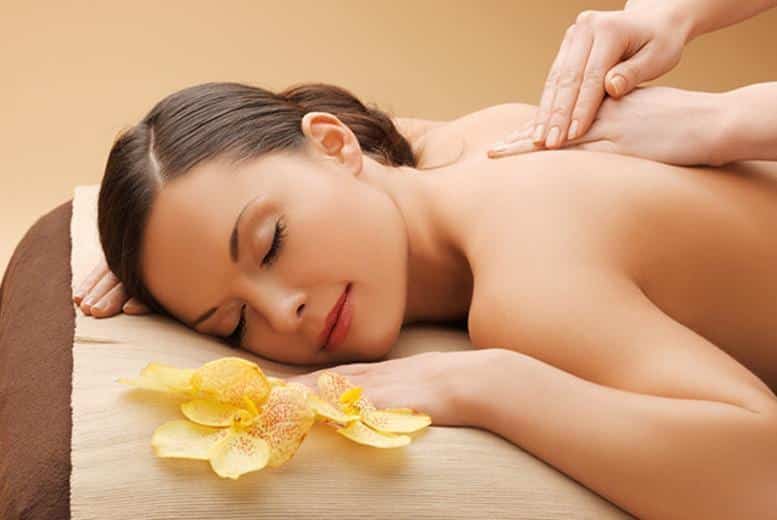
Are you trying to find a way to have the most luxurious and comfortable sleep possible? Imagine spending a night in which all of your bodily muscles are at ease, your mind is clear, and you awaken feeling entirely refreshed. Introducing the world of the Ceragem Jade Stone Mat, a ground-breaking product that offers a comprehensive approach to well-being in addition to comfort. We’ll go into great detail about what makes this mat unique and how it can improve your nightly routine in this article.
Introduction
Our daily routines require sleep, and the quality of our sleep has a big impact on our general health. Many people experience aches, pains, and restlessness at night and find it difficult to find comfort. A solution that not only offers comfort but also encourages healing and relaxation is the Ceragem Jade Stone Mat. This post explains how this unique mat can transform any night into an opulent getaway.
What is a Ceragem Jade Stone Mat?
Natural jade stones are embedded in the therapeutic Ceragem Jade Stone Mat. Its purpose is to deliver deep, penetrating heat therapy, which can aid in circulation improvement, muscle relaxation, and general well-being enhancement. This mat, in contrast to conventional heating pads, uses the inherent qualities of jade to provide a constant, calming warmth.
The Ceragem Jade Stone Mat’s features
- Natural Jade Stones: These stones are renowned for their capacity to both emit and retain heat, giving warmth that lasts for a long time.
- Far Infrared Radiation (FIR): The mat efficiently reaches muscles and tissues by using FIR technology to pierce deeper into the body.
- Heat Settings That You Can Adjust: Set the temperature to a level that suits you.
- Simple to Roll Up and Carry: The mat’s portability allows it to be used both at home and on the road.
Real Jade Stones
Real jade stones, which have been valued for centuries for their beauty and alleged therapeutic benefits, are used in the construction of the Ceragem Jade Stone Mat. Jade is renowned for its capacity to retain and radiate heat, providing a distinct and reassuring warmth that is unmatched by materials made of plastic or synthetic materials. Because every jade stone that is embedded in the mat has been carefully chosen to ensure maximum longevity and performance, this mat is an investment in your health rather than just a product.
FIR, or far-infrared radiation
The Ceragem Jade Stone Mat’s utilization of FIR technology is one of its most notable features. On the electromagnetic spectrum, far infrared radiation is a form of energy that is invisible to the unaided eye but deeply penetrates the body to offer medicinal advantages. Up to 2-3 inches deep into the body’s muscles and tissues, FIR can stimulate cellular regeneration and blood circulation. Unlike traditional heating pads, which only warm the skin’s surface, the Ceragem Jade Stone Mat penetrates deeply.
Adjustable Temperature Settings
With the heat settings on the Ceragem Jade Stone Mat, users can customize the temperature to suit their individual preferences and comfort levels. The mat’s easy-to-use control panel makes it simple to find the ideal setting, whether you’re looking for a more intense heat therapy session or a gentle, soothing warmth. Because of this customization, you can use the mat for a variety of activities, such as relieving particular pain points or unwinding after a hard day.
Transportable and Simple to Use
The Ceragem Jade Stone Mat is made with portability and user-friendliness in mind, despite its sophisticated features. When not in use, the mat is easy to roll up and store, and its lightweight construction makes it portable. The Ceragem Jade Stone Mat provides flexibility and convenience so you can take advantage of its advantages no matter where you go, whether you’re traveling or just moving it from room to room.
The Processes Behind Jade Stones
For centuries, jade has been valued for its purported therapeutic qualities, particularly in Eastern cultures. What, though, makes jade so unique?
Jade’s Healing Properties
- Heat Retention: Jade stones are perfect for continuous heat therapy because of their ability to hold heat for extended periods.
- Negative Ions: It is thought that jade releases negative ions, which can lessen stress and boost vitality.
- Far Infrared Radiation (FIR): Jade’s natural composition enables it to emit FIR, which deeply penetrates the body to promote healing and relaxation.
Retention of Heat
Jade is a material that retains heat exceptionally well. Jade stones provide a steady and calming heat therapy experience because they can hold their heat for long periods when heated. Because of this characteristic, jade is especially useful for therapeutic mats such as the Ceragem Jade Stone Mat. It keeps the heat consistent and comfortable, which helps with pain relief and relaxation during extended use.
Negative ions
An additional electron has been added to negative ion molecules, which is thought to enhance both mental and physical well-being. These negative ions are naturally emitted by jade stones, and they can balance the effects of positive ions from pollution and electronics. The presence of negative ions can help reduce stress, boost energy levels, and promote a sense of well-being, making the Ceragem Jade Stone Mat not just a physical comfort but also a mental and emotional one.
FIR, or far-infrared radiation
One of jade’s most advantageous qualities is its ability to emit FIR. Deep into the body, FIR waves can reach organs, muscles, and tissues. This deep penetration aids in promoting healing, lowering inflammation, and increasing blood flow. FIR guarantees that the therapeutic benefits of the Ceragem Jade Stone Mat are felt deep within the body, offering thorough relief and relaxation, in contrast to other forms of heat therapy that only affect the surface.
Advantages of Ceragem Jade Stone Mat for Health
Beyond just comfort, the Ceragem Jade Stone Mat provides a host of health benefits. Let’s examine a few of these benefits:
Pain Management
The Ceragem Jade Stone Mat’s capacity to reduce pain is among its most important advantages. The jade stones’ deep heat therapy reaches deep into the muscles and tissues, reducing pain from ailments like fibromyalgia, arthritis, and persistent muscle strain. The mat can help manage acute and chronic pain by increasing blood flow and decreasing inflammation, which will improve daily living and make it more comfortable.
Improved Circulation
Overall health depends on proper blood circulation, which the Ceragem Jade Stone Mat excels at providing. The jade stones’ heat helps to widen blood vessels, which increases blood flow throughout the body. This improved circulation helps eliminate metabolic waste while ensuring that vital nutrients and oxygen are effectively delivered to cells and tissues. Reduced muscle soreness, quicker injury recovery, and general physical health can all be attributed to improved circulation.
Reduction of Stress
Stress is a prevalent problem that many people encounter in the fast-paced world of today. An efficient and all-natural method of reducing stress is offered by the Ceragem Jade Stone Mat. Anxiety and tension can be reduced by the calming effect of soft warmth and mild heat therapy, which relaxes the body and mind. Using the mat regularly can enhance your mood, foster a sense of well-being, and enhance your mental health. It’s similar to getting pampered in the comfort of your own house.
Better-Quality Sleep
Healthy sleep is crucial, and the Ceragem Jade Stone Mat can greatly improve the quality of your slumber. You can sleep faster and experience deeper, more restorative sleep with the mat’s help because it promotes relaxation and reduces pain. The jade stones’ steady warmth and comfort can create the ideal sleeping environment, enabling you to awaken feeling renewed and invigorated. Increased immunity, enhanced cognitive performance, and an overall higher quality of life are all correlated with better sleep.
The process of detoxification
Additionally, the Ceragem Jade Stone Mat helps the body detoxify. Sweating is the body’s natural method of getting rid of toxins, and the FIR technology encourages it. Sweating aids in the body’s removal of noxious materials like heavy metals, pollutants, and excess salt. The immune system, general vitality, and skin health can all be enhanced by this detoxification process. Regular use of the mat can lead to a healthier, cleaner body and a more radiant complexion.
Comparing Ceragem Jade Stone Mat to Other Mats
Standard Heating Pads vs. Ceragem Jade Stone Mat
Conventional heating pads are frequently restricted to providing surface-level heating and are frequently used for momentary pain relief. Although they don’t penetrate deeply enough to offer long-lasting therapeutic benefits, they do offer instant warmth. In contrast, the Ceragem Jade Stone Mat uses far-infrared (FIR) technology to provide heat that penetrates deep into the muscles and tissues. Because of its deep penetration, which guarantees more profound and long-lasting therapeutic effects, it’s a better choice for people looking for complete pain relief and relaxation.
Memory Foam Mats vs. Ceragem Jade Stone Mats
Memory foam mats are made to fit the contours of the body, offering comfort and support. Although they work wonders for relieving pressure points and improving comfort, they lack the extra advantages of heat therapy. The Ceragem Jade Stone Mat combines FIR technology with the restorative qualities of jade in addition to offering a cozy place to lie. By attending to both comfort and therapeutic needs, this combination provides a more comprehensive approach to wellness.
Infrared Mats vs. Ceragem Jade Stone Mats
Deep heat therapy is provided by both the Ceragem Jade Stone Mat and conventional infrared mats, which use FIR technology. Nonetheless, the Ceragem Jade Stone Mat’s natural jade stone content offers extra advantages. The overall therapeutic experience is improved by jade’s capacity to emit negative ions and hold heat for longer periods. The Ceragem Jade Stone Mat is a more effective and opulent option because the jade stones add a special layer of comfort and healing that regular infrared mats cannot match.
Acupressure Mats vs. Ceragem Jade Stone Mats
Acupressure mats are made to stimulate the body’s pressure points, much like acupuncture does. By concentrating on particular areas, they can be useful in reducing stress and tension. They do not, however, offer the same level of reliable and comforting heat therapy as the Ceragem Jade Stone Mat. The Ceragem Jade Stone Mat uses gradual, even heating to promote improved circulation and general muscle relaxation. The Ceragem Jade Stone Mat is a great option for people searching for a complete solution that blends comfort and therapeutic advantages. Combining the two kinds of mats can provide synergistic effects: jade heat therapy for general relaxation and acupressure for focused relief.
Conclusion
Beyond simply being a cozy mat, the Ceragem Jade Stone Mat is an effective tool for improving your general health and well-being. The advantages of this mat are numerous, ranging from stress relief and increased circulation to pain relief and improved sleep quality. You can make your nights opulent and restorative by introducing the Ceragem Jade Stone Mat into your daily regimen. This will allow you to wake up feeling renewed and invigorated each day. Invest in your comfort and well-being with the Ceragem Jade Stone Mat and reap the numerous advantages it offers.

